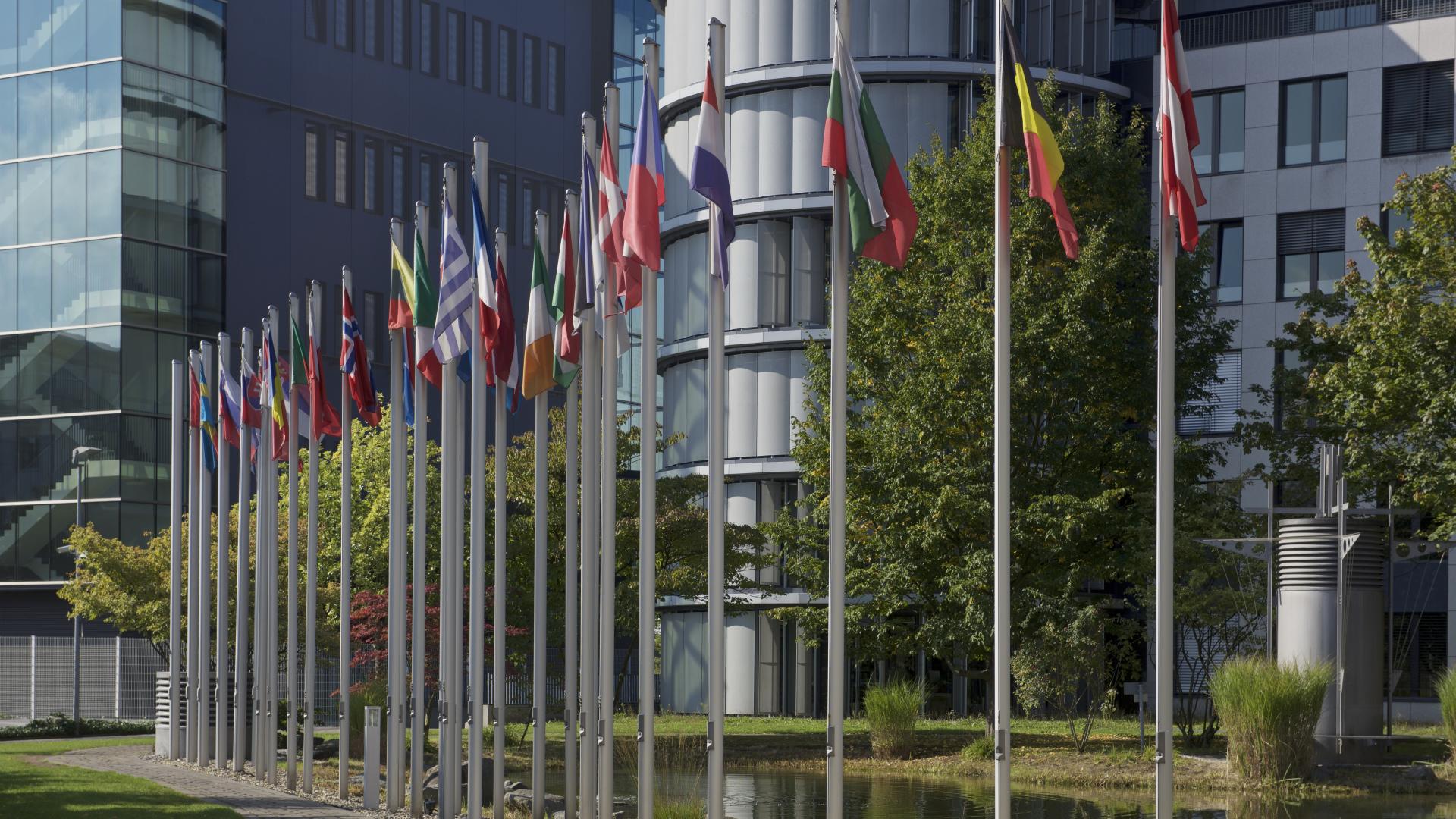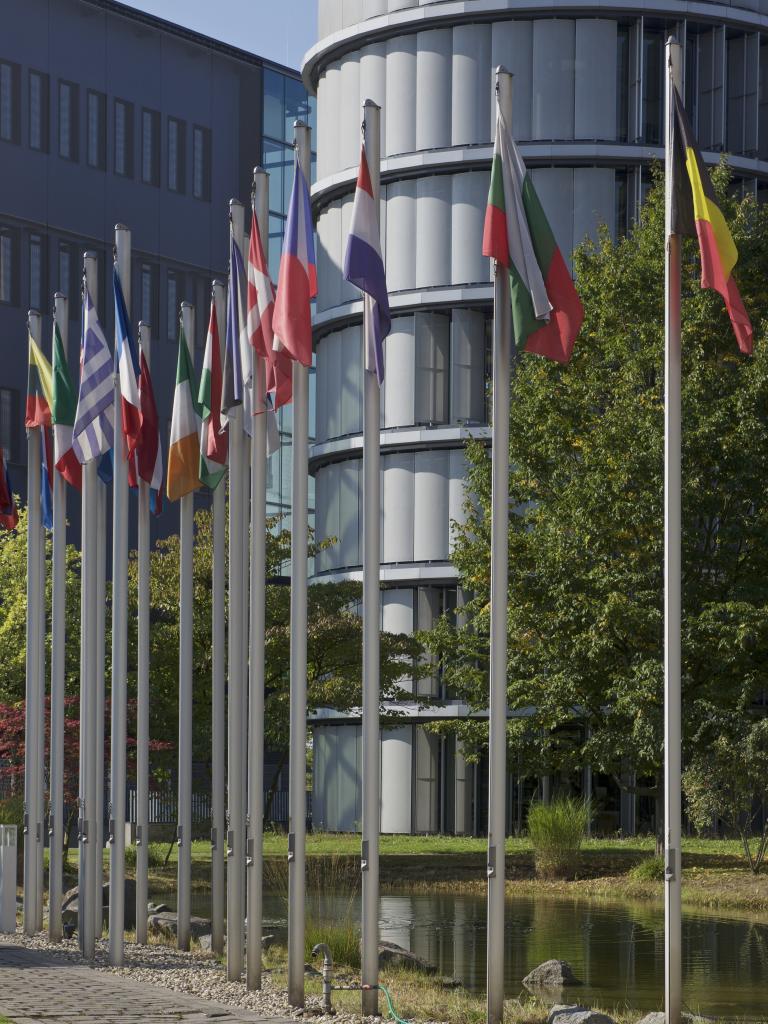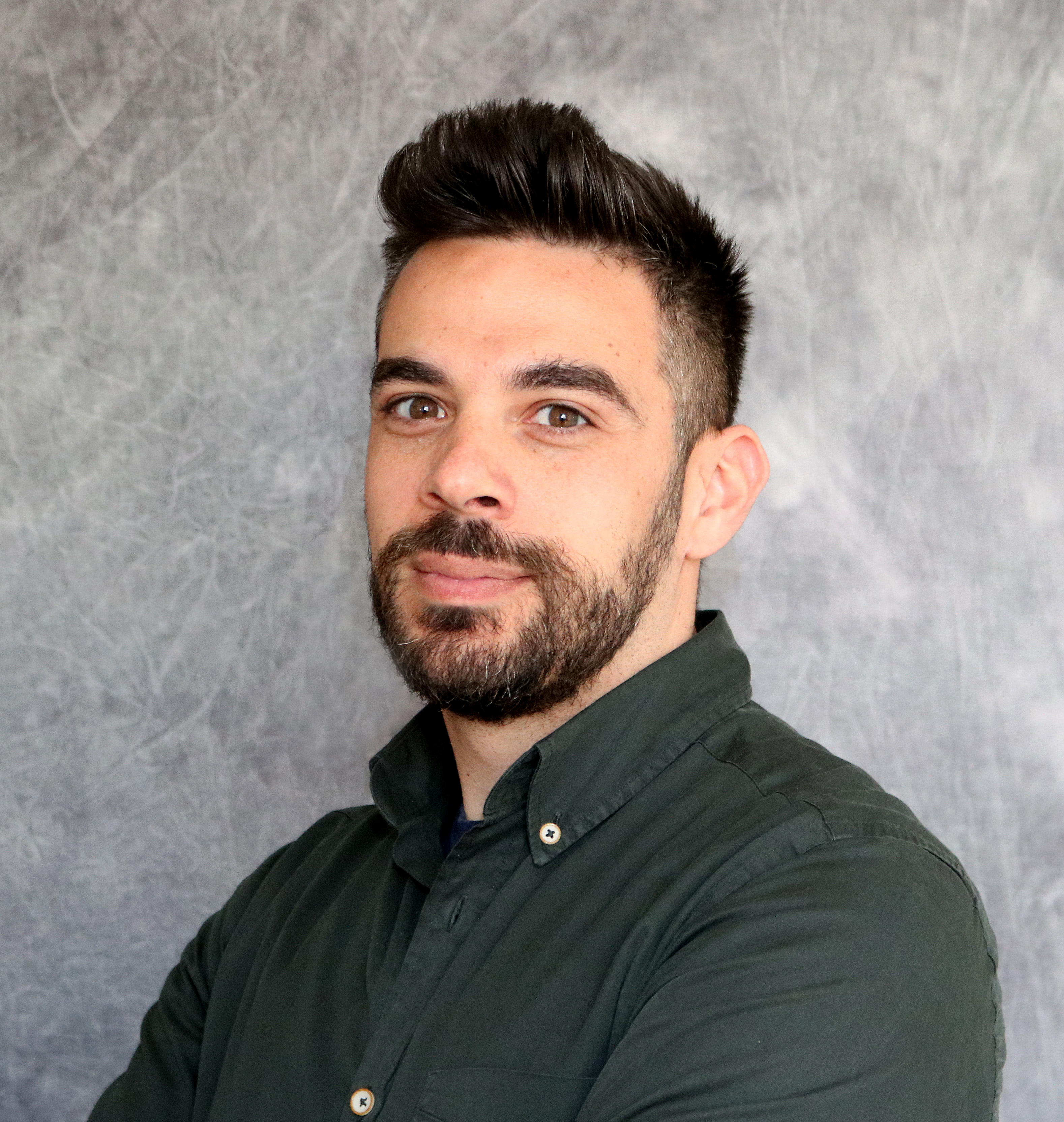
Vasileios Barlakas shares his experience as a fellow with us
Continuing our series on fellowships we talked to Vasileios, who is currently halfway through his.


Vasileios will finish his fellowship in February 2022, and has already learnt a great deal on the many projects he's working on.
14 January 2021
04 June 2020

Please tell us a little about yourself and your background.
I come from Greece (Thessaloniki). From a young age, I have been interested in physics and would often find myself wondering about the phenomena that take place in the atmosphere. In 2004, my childhood dream started materialising when I enrolled at the Aristotle University of Thessaloniki for a degree in physics. I did my specialisation in Atmospheric Physics and then pursued a master’s degree in Environmental Physics.
In 2012, I moved to Germany (Leipzig) to do my PhD. This brought me into the fascinating world of light scattering theory. It involved the development of a three-dimensional (3D) radiative transfer model, including polarisation, and its application to scientific issues with an emphasis on optical heterogeneities.
After my PhD, I worked as a researcher at the Leibniz Institute for Tropospheric Research, wherein I focused on evaluating a high-resolution model by utilising observations from the Spinning Enhanced Visible and Infrared Imager (SEVIRI) instrument on board the Meteosat series of satellites. That was the first time I incorporated data from EUMETSAT’s satellites. As of 1 February 2019, my EUMETSAT fellowship, hosted by the Chalmers University of Technology in Sweden (Gothenburg), is ongoing.
What do you hope to achieve from this fellowship experience?
I believe that this position will help me to acquire the experience needed to reach my full potential. I hope to gain expertise in the rapidly growing area of all-sky satellite microwave observations, to gain a deeper understanding of data assimilation, and ultimately, to greatly contribute to and benefit this field. The knowledge and experience acquired throughout this fellowship will definitely help me in my future career.
What project(s) are you working on? What does your role entail?
My main goal is to improve our capability to conduct microwave (MW) radiative transfer simulations in all-sky conditions, either as part of stand-alone retrievals or data assimilation. In these applications, several assumptions are still employed. Particularly, the scattering of hydrometeors is treated in a highly simplistic manner, while polarisation and 3D-radiative transfer are ignored.
To that end, the aim of my project is to conduct an assessment of these simplifications and improve the accuracy of RTTOV-SCATT. RTTOV-SCATT was developed by the EUMETSAT Numerical Weather Prediction Satellite Application Facility (NWP SAF) and is used by weather centres and scientists worldwide for a fast-forward modelling of all-sky radiances, and as the observations operator in the Integrated Forecasting System (IFS).
More accurate simulations are available from the Atmospheric Radiative Transfer Simulator (ARTS) model. Thus, ARTS is employed to characterise and potentially improve the accuracy of RTTOV-SCATT. It is expected that most uncertainties can be reduced with non-invasive techniques. For instance, I am now working on a correction scheme that improves the representation of polarised scattering in RTTOV-SCATT. Initial results indicate an improvement by about 10K.
The improvements to RTTOV-SCATT are planned to be incorporated in a future version of the European Centre for Medium-Range Weather Forecasts (ECMWF) operational forecasting system. Reducing errors in forward modelling should improve the quality of the initial conditions for weather forecasting, as well as further improve weather forecasts.
Last but not least, special emphasis is given to the upcoming mission of the Ice Cloud Imager (ICI) that will be on board the EUMETSAT Polar System – Second Generation (EPS-SG) spacecraft. This new sensor will extend the sensitivity of microwave data into the cirrus regime, thus bridging the present gap to infrared data. It will also extend the scope of MW assimilation.
Can you explain what the daily tasks required for your project are?
I am working on many sub-projects at the same time; my daily work depends on which project I am currently working on and on the progress of the individual projects. For example, lately, I have been exploring to what extent particle orientation, and hence polarisation, can be introduced in RTTOV-SCATT. At the beginning, most of my time was spent on researching the different methods of handling polarisation. The subsequent step involved code implementation and testing. Once the testing was successful, the effort centred on setting up the experiments, conducting sensitivity studies, and analysing the results. The final step concerns the compilation of reports and scientific papers.
Do you incorporate any data from EUMETSAT’s satellites into your work?
My work does not involve the incorporation of EUMETSAT data much, but concentrates on improving the utilisation of EUMETSAT data for retrievals, numerical weather prediction (NWP) models, and forecast model validation. In other words, I am focused on improving our capabilities to perform all-sky radiative transfer simulations at frequencies between 90 and 664 GHz. This will support an improved utilisation of data from the Advanced Microwave Sounding Unit-A (AMSU-A) and the Microwave Humidity Sounder (MHS) on existing EPS satellites (Metop-A to -C), as well as from the Microwave Sounder (MWS), MWI (Microwave Imager), and ICI on upcoming missions.
What are the things you enjoy doing most? What are the biggest challenges?
Every new task is accompanied by challenges. For instance, the assimilation of satellite data necessitates accurate, and at the same time, fast simulations. So, any possible extension of the current modelling framework should not lead to any computational increase. However, regardless of how challenging any new task can be, it is always rewarding and brings joy at the end. Knowing that my work could improve the use of EUMETSAT observations for retrievals and better the forecast quality is the most rewarding thing to me.
What is the duration of your fellowship? What do you intend to do when it’s complete?
The fellowship runs from February 2019 to February 2022. In the future, I would like to continue working on satellite data, and if possible, pursue a position at EUMETSAT or at the ECMWF.
What are the main takeaways from your experience so far?
Even though I am halfway through my fellowship, I have already learnt a great deal. Previously, I had worked mostly on optical remote sensing. This fellowship has helped me to broaden my knowledge in the microwave spectrum and has also introduced me to data assimilation.
How do you think your experience will help your future work?
I believe that this position will help me gain expertise in all-sky microwave radiative transfer. Being exposed to the IFS system and having some experience in new radiative transfer models are honing my technical skills. In addition, working in a highly international and diverse team, writing reports, and participating in conferences enhances my communications skills. I am confident that this experience will help me in my future career.
Do you have any memorable moments so far from the time period in which you’ve been pursuing this fellowship?
Excluding any scientific accomplishments, I could name two moments. The first one was my visit to the ECMWF. I had a really great experience being able to work together with world-leading scientists in a very friendly and productive environment, while having the chance to gain an insight into how the IFS operates. The second one would be this year’s Fellowship Day. I had the opportunity to personally get to know all the fellows and their respective expertise, as well as to network with EUMETSAT delegates.